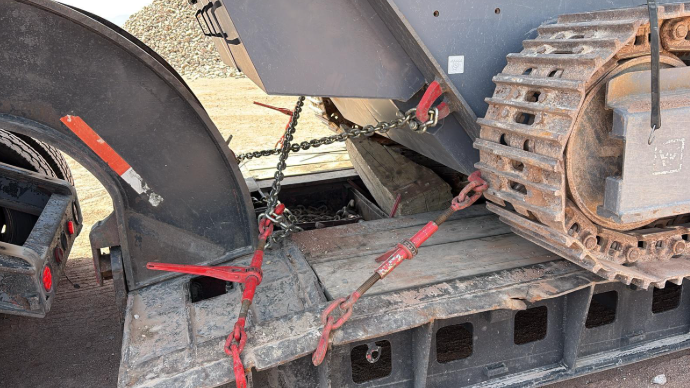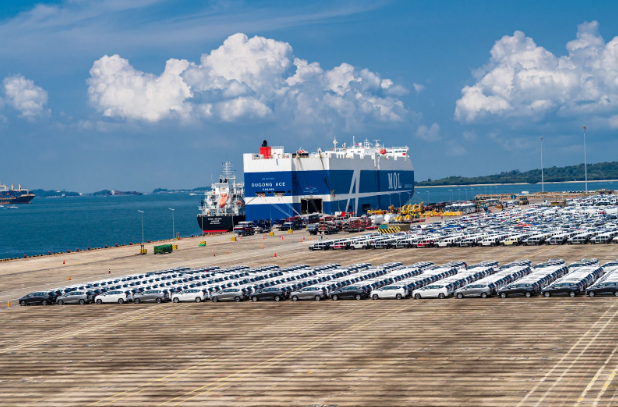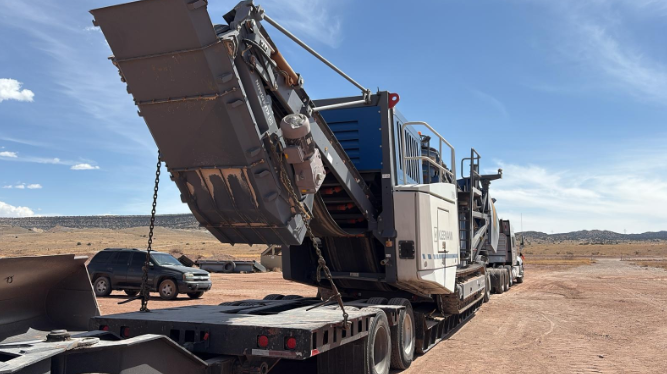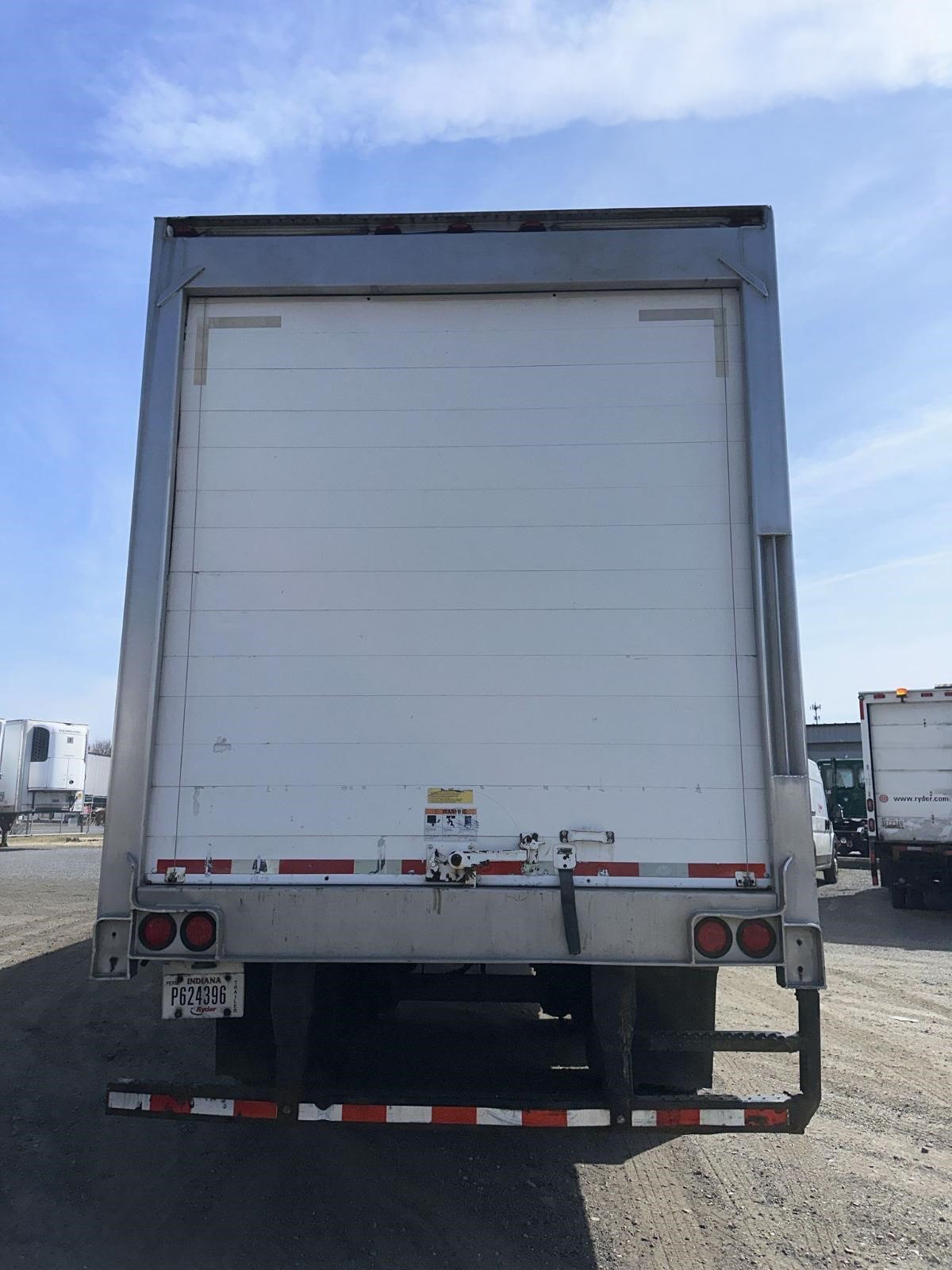The only way to continue your operations in case of setbacks is to enforce a well-thought-out business transportation plan. However, you’ll need to avoid several mistakes when developing your strategy.
Transportation can provide you multiple things such as goods, merchandise, or even heavy machinery equipment such as trucks, boats, and more, all of which can be used to transport your own products all over the United States. That’s why establishing a good Business Transportation Plan is paramount.
Your operations may seem efficient and failproof, but the reality is that obstacles can happen at any time. Whether you’ve lost a major client or can’t achieve good team dynamics, it’s essential to keep going.
A Good Business Transportation Plan, outlines how your company will continue its operations during unplanned service disruptions. It’s very detailed and features contingencies for processes, human resources, assets, and partners. It can also include checklists for equipment and supplies, documentation gathering data, contacts, and information on emergency responders.
The contents may vary, but a Business Transportation Plan, can help you overcome various issues and re-establish productivity to meet critical needs. However, the only way to reap the benefits of your Business Transportation Plan is to avoid making mistakes in the development stage.
This article will outline the eight biggest mistakes you need to avoid when creating your business transportation plan.
THE EIGHT MISTAKES
MISTAKE #1 – DISREGARDING THE PERMITS
Organizations who want to get back on track after an unexpected incident should focus on what government authorities need from freight forwarders. Probably, what happened to you previously, was you just skipped all protocols, didn’t deliver the mandatory full documentation the government agencies asked for, and expected nothing bad could happen, since you’d have had to get away with that. SURPRISE, they caught you and sanctioned you. Gather all necessary documentation. Otherwise, you may be running serious safety risks.
Moreover, discuss the plan with your staff and elicit their input in critical permit matters. You can also tell them you’ll be there for support if they need an special permit, or document. This gives them peace of mind, knowing their leader cares about them.
MISTAKE #2 – NOT CONSIDERING SMALL DETAILS
After creating a general Business Transportation, many enterprises fail to think about specific details that ensure they can execute their plan. This is a huge mistake, as it can result in loss of trust.
The minor points you should incorporate into your Business Transportation Plan include logistical considerations, such as third party suppliers such as containers, warehouses, port contacts, vendors, etc.
For example, informing your truck providers about the plan is crucial because it enables them to make their arrangements on time. You should also tell your key personnel who to contact if they needed assistance during deadline breaking. Another great idea is to determine how your team can access data securely if you are not available.
Taking the smallest details into account can protect your client’s cargo and even save your business reputation. In STT Logistics we are always eager to give our best to your clients and protect their heavy machinery at ALL COST!
MISTAKE #3 – FAILURE TO SHOW YOUR STAFF HOW THE PLAN WORKS

IMAGE SOURCE: https://pixabay.com/photos/meeting-brainstorming-business-594091/
While many leaders brood on downtime, they often fail to demonstrate to their team members how to execute the plan and minimize productivity decrease.
As previously indicated, your employees are integral to the efficacy of your Business Transportation Plan. And the only way to perform their roles correctly is to become well-versed in the plan.
To ensure this, explain how the staff should respond during crises. Tell them how to handle their clients if something like a hurricane, or even the import tariffs put to Chinese imports in the last few years. Don’t forget about the location and schedules that will be effective while the main office is off-limits.
The final part is to have your team practice these tasks so they can complete them more easily when disasters strike.
You might find this article interesting too!: How to Save Time and Money on Heavy Equipment Transport
MISTAKE #4 – NOT TAKING CARE OF YOUR TRUCKS
You don’t know if accidents can occur, until they occur. It’s understandable why business owners focus just on productivity and efficient, everybody wants to make money. Nevertheless, keeping your obsolete and old trucks and neglecting your staff’s safety well-being it’s not going to end well for your company and can have dire consequences.
Your trucks are crucial to executing your Business Transportation Plan appropriately, so check on them first. Trucks that nobody can drive properly are useless, regardless of your love towards them.
You have to make sure your client’s cargo is safe. If something happened, the crisis management task force should be able to contact them easily and see if they can help them.
This will help guarantee your team can bounce back after an accident and go back to work quickly.
MISTAKE #5 – DOING EVERYTHING AT THE LAST MINUTE
Don’t put off until tomorrow what you can do today. In a business such as this, you need to push forward and foresee everything. You need to plan with anticipation, because the transportation chain is complex, and if one of this stages fail, everything falls apart.
MISTAKE #6 – AVOID DIGITAL TRANSFORMATION
To avert this, consult technology specialists or your IT sector to verify your system has all features and components that can keep your networks obsolete. A modern system should allow you to streamline communications, minimize downtime, and secure your workloads.
Any optimization procedure requires the collection of data. Your selections will be better informed and more useful the more information you have.
Route data: Gather information about the routes your cars travel by using trip records and GPS monitoring devices. This will enable you to spot trends, such regions with high traffic or places where cars are parked for longer than is required.
Details about the vehicle: Every vehicle is unique. While some could have a larger load capacity, others might be more fuel-efficient. For each vehicle in your fleet, gather information on its capacity, fuel consumption, maintenance history, and any other pertinent details.
Comments from drivers: Drivers are a great source of information. They may provide insights on issues with certain routes, road conditions, places with high traffic, and more because they are on the ground every day.
MISTAKE #7 – USING BROAD GENERALIZATIONS
Continuity plans with broad generalizations often lead to uncertainty and confusion. A Business Transportation Plan needs to be concise and, if possible, explain each detail in short steps. Such forms enable anyone to understand the directions and visualize their roles.
MISTAKE #8 – SKIPPING FEEDBACKS
Route optimization is a continuous endeavor. There’s always going to be something to work on, and it’s important to be prepared to adapt as necessary.
Post-implementation data analysis: Examine the data gathered following a time of implementation to see whether your goals are being met. Have you cut expenses? Have delivery schedules become better? Utilize this data to gauge your progress and pinpoint areas that require work.
Route modifications: You might need to make changes to some of your routes in light of user feedback and data collection. You could find that a certain path is still inefficient or that an unforeseen hurdle has been created by recent work.
It’s probable that your goals may shift as your company expands and evolves. Review your goals frequently to make sure they continue to be difficult and relevant.
DON’T LET YOUR OPERATIONS GRIND TO A HALT
A detailed Business Transportation Plan goes a long way in improving your response to disasters. Avoiding the above-mentioned mistakes will put you on the right track and help your staff cope with new conditions more easily.
If you need help in creating your Business Transportation Plan, give us a call today. Let’s have an obligation-free chat to determine how we can help you.
